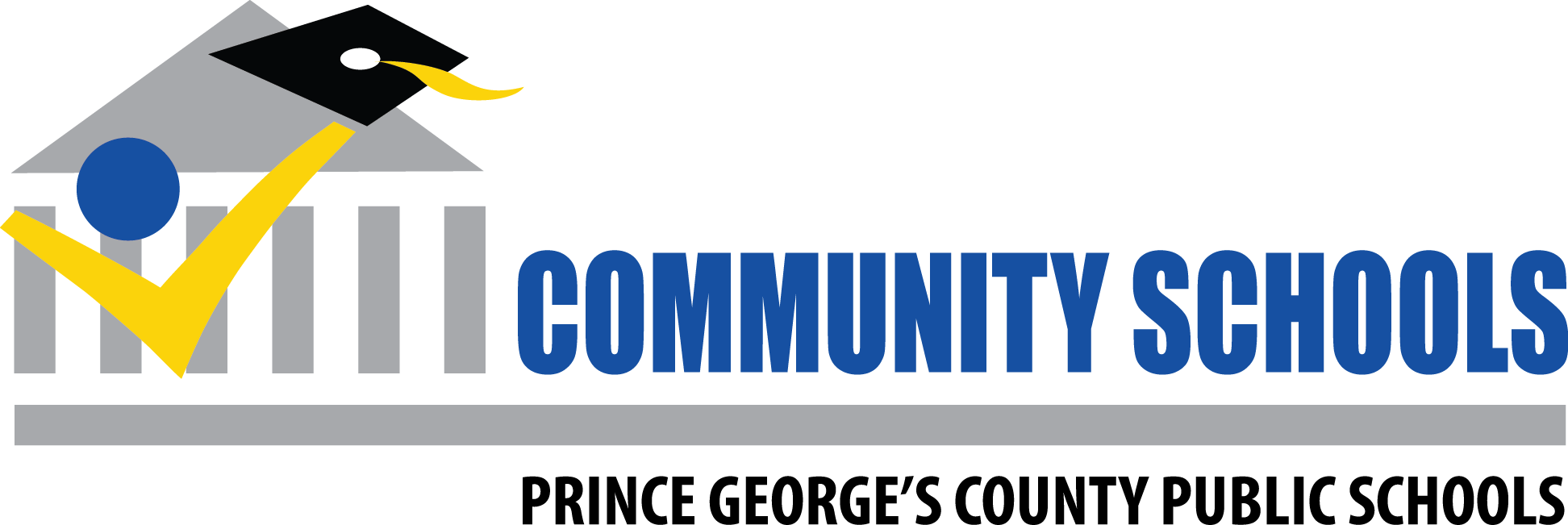Temple Hills, MD 20748
Community Schools
Temple Hills, MD 20748

The Prince George’s County Public Schools’ Community Schools initiative will be a national blueprint which provides equitable access to integrated support and services that promote academic, economic and social empowerment for schools and their communities.
The Six Pillars of Community Schools
Expanded and Culturally Relevant Curriculum
The curriculum includes all content areas including the creative arts. Students gain a solid foundation as well as advanced knowledge and skills. Opportunities for rigor are present for all students with students being able to demonstrate mastery in multiple ways. Curriculum is culturally relevant with students having the ability to see themselves through a diverse group of authors, characters, and story themes. The needs of parents and families are addressed through English-as-a-Second Language classes, GED preparation, and job training programs.
Effective Teaching Practices
Educators provide a rich and varied academic program by making learning relevant to the students. Time is spent on mastering learning rather than on preparing for assessments. Opportunities for re-teaching are provided to students as well as opportunities for acceleration. Rather than working in isolation, teachers work collaboratively to plan lessons, analyze student work, and adjust curriculum as necessary. Mentoring and coaching between and among teachers is the norm with experienced teachers supporting novice teachers.
Inclusive Leadership
Collaborative leadership is established by creating a shared vision and goals and creating participatory practices for distributing responsibilities across a myriad of people. Leadership team includes principal, community school coordinator, parents, staff, and community partners who ensure that the community school strategy remains central in the decision making process. Professional learning opportunities, collective trust, and shared responsibility are created through site-based leadership teams and teacher learning communities. A sense of ownership has been established among all stakeholders where everyone sees their role in ensuring the success of the school.
Multi-tiered Systems of Support
Positive relations and interactions between staff and students and parents are the norm and staff models such behaviors. Community Schools have established a discipline policy with the Student Rights and Responsibilities handbook as the guide. A multi-tiered restorative approach to support students includes, but is not limited to, restorative justice practices, PBIS (Positive Behavior Interventions and Supports), peer mediation, and Rti (Response to Intervention). All approaches are used in a proactive manner. There is an opportunity for students to learn from their mistakes and staff and students are treated with respect. Parents/guardians are part of the equation in helping to create a positive environment. Students work collaboratively with staff in helping to create positive student behavior andconduct.
Family and Community Partnerships
Partnerships are essential in fostering trust and respect between the school and the parents and the community. There should be meaningful and ongoing engagement of families and community members with a system in place to make such engagement happen consistently and with fidelity. Families and community partners are engaged in helping to create dynamic and effective community schools. Family and community partners are part of the leadership for the school and are engaged in the governance and advocacy for the community school.
Community Support Services
Wrap around services are focused on the whole child with services provided to support a child both academically and social/emotionally. Supports are provided to ensure that a child’s physical health and mental health are taken care of and provide during and outside of the school day. Services are integrated into the fabric of the school with services available for both students and parents. Services provided are based upon a needs assessment with community partners helping to provide needed services.
